Pranayama
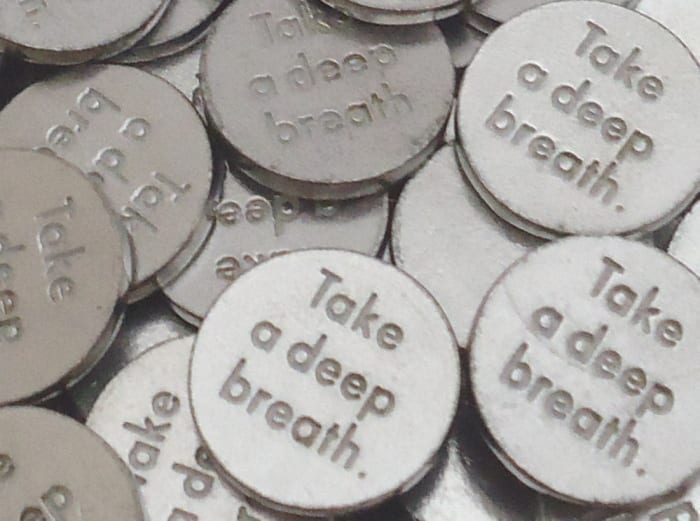
In this 20 minute video Dr. Claudia Welch and I discuss the basics of diaphragmatic breathing that must proceed the practice of any kind of conscious breathing practice.
Dangers of Pranayama
I hate to be one of those people who rants and raves about the dangers of yoga. When I was in a year long pranayama class in the Iyengar teacher training program I thought., “Wow they are making a really big deal about getting ready to do breathing practices.!” They were warning about anxiety, heart palpitations, dizzy spells and other symtoms of prana vayu being aggravated.
In this audio, Dr. Claudia Welch gives an eloquent and simple description of what happens when breathing practices aren’t centered in deep diaphragmatic breathing. And why should you have a regular pranayama practice in the first place? The benefits of knowing how to direct prana in your body are staggering at least, and beyond belief pretty soon after “least”.
Benefits of Pranayama
I particularly like this passage from the Sivananda yogis. I added highlights as otherwise your eyes might glaze over.
“If you can suspend one inch or one digit of breath inside, you will obtain the powers of foretelling; if you can suspend two inches within, you will get the power of thought-reading; for suspending the breath for three inches, levitation; for four inches, psychometry, clairaudience, etc.; for five inches, moving about unseen by anybody in the world; for six inches, the power of ‘Kaya Siddhi‘; for seven inches, entering the body of another man (Parakaya Pravesa); for eight inches, the power to remain always young; for nine inches, the power to make Devatas to work as your servants; for ten inches, Anima, Mahima and other Siddhis; for eleven inches, you will attain oneness with Paramatman. When through great practice the Yogi can perform Kumbhaka for full three hours, then he can balance himself on his thumb. He undoubtedly attains all kinds of Siddhis. Just as fire destroys the fuel, so also Pranayama destroys the bundles of sins. Pratyahara makes the mind calm. Dharana steadies the mind. Dhyana makes one forget the body and the world. Samadhi brings infinite Bliss, Knowledge, Peace and Liberation.” — Sivananda yogis
You might be thinking… you don’t foresee balancing yourself on your thumb in your future. And maybe you’re not really interested in making anyone work as your servants or … levitating.
But, what you might be interested in is some of the more modern-day accessibilities of a beginners pranayama practice. A beginner can expect to see the following benefits from doing the deep diaphragmatic breathing described in the audio above:
Benefits of Pranayama … for beginners
- Decrease in anxiety
- Being able to shift a stress response into a relaxation response

- An experience of ease in the body
- Less stress in the mind
- More positive emotions
- A widening in perspective
- Decrease in depression
- A more relaxed relationship to life
- Improvement of communication in the endocrine system
- Prevention of future imbalances more likely to occur
- Greater sensitivity to the needs of your body
Not bad for a little bit of relaxed slow breathing, eh? Which is why most people in your life will tell you to take a deep breath when you’re going off the deep end. Which is also why a good person will pull a crying child to their chest and rub their back – you’re doing belly to belly breathing. But, honestly, there is a cosmic step between remembering to take a few deep breaths throughout the day and actually creating a conscious breathing practice. A practice regularly practices becomes a habit. A breathing practice habit is the gateway into the deeper tissue benefits of pranayama.
What I mean is this:
When you pass the diksha (see video… literally) of diaphragmatic breathing you get to start intentionally expanding and directing the prana throughout the physical and subtle anatomy channels (nadis) of your body. As you do this… you are detoxing those channels (nadis). As you detox your nadis, energy flows more easily and health occurs. Various parts of your body which were blocked from communication start to engage in a new level of interconnectivity. The more this interconnectivity happens… the clearer you become on what is good for your body and what is bad for your body. The power of that clarity is the power of preventative medicine and also the power of healing.
Pranayama is healing
As you regularly practice deep breathing techniques you’ll notice yourself picking up better habits throughout the day. Food that doesn’t nourish your body and soul will lose it’s appeal. You’ll notice fatigue and take rest. You’ll notice stress and remember to relax. Lovely as this is, most of us are incapable of actually regularly engaging in a pranayama practice. Dr. Welch and I made it part of our 6 week Healthier Hormones e- course. And we’ve been delighted at the results of our members. Isn’t it mindblowingly fascinating that the nature of which imbalance in which endocrine gland is secondary to the healing affect of the prana on all glands. This is part of the “secret” of pranayama. No wonder the Sivananda yogis wax poetic on the benefits and say that with deep practice you will attain oneness with your ultimate nature.
If you’re curious about how pranayama can benefit you, check out our free call on pranayama and hormones.
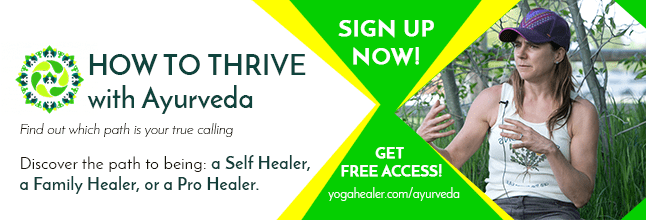



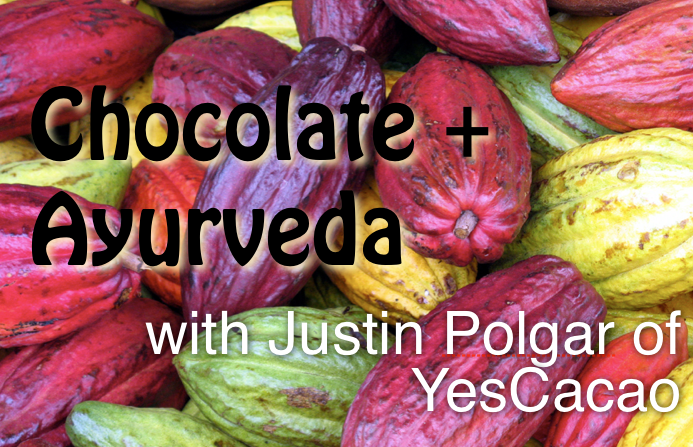
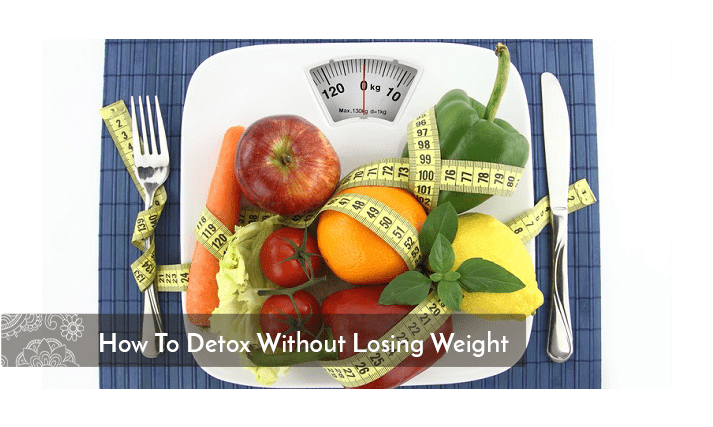


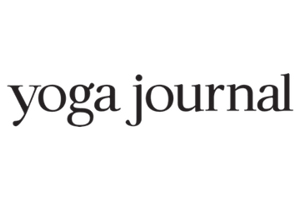
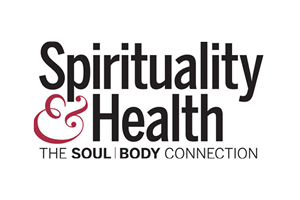
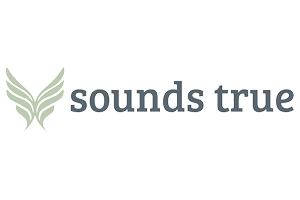

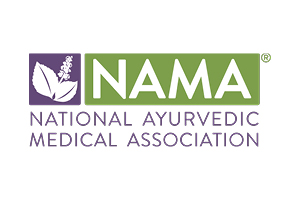

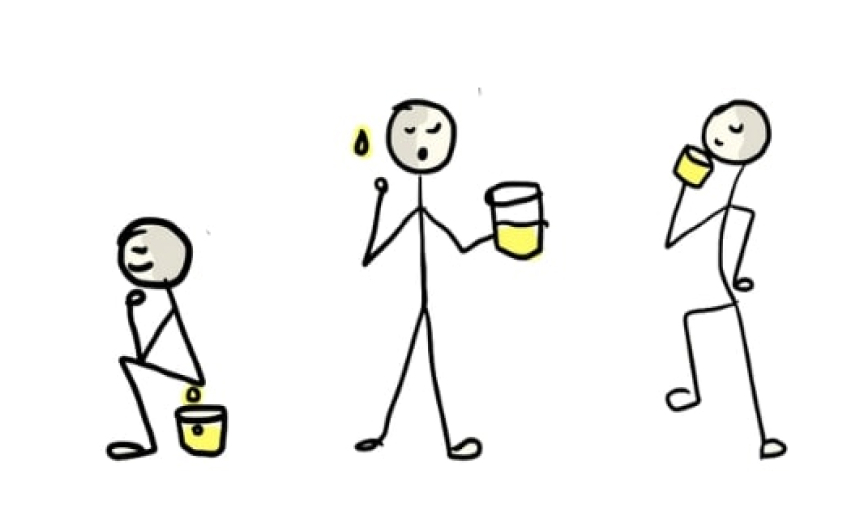
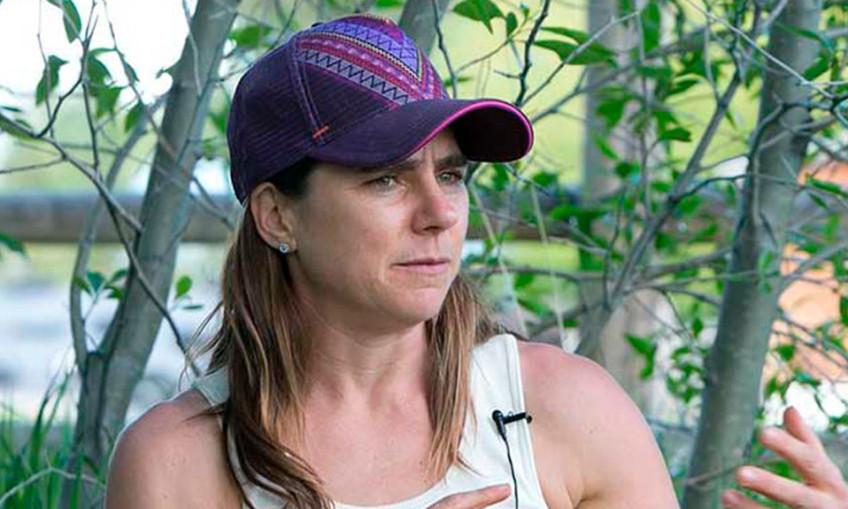

eJ
Posted at 20:12h, 05 Februaryit is by far the most important part of practicing yoga to give you a better life
just keep practicing
Delphine
Posted at 12:11h, 10 JuneThis is so full of information, thank you !!
In some pranayama traditions, we never inhale in the lower belly : we put mula & uddiyana bandha at the end of exhale, we keep them for external retention, inspiration and internal retention. Then we release the bandhas for expiration.
So in that case, we never breath in the lower belly.
What are your thougths about that Cate?
Cate Stillman
Posted at 23:31h, 11 JuneDelphine!
Thanks for dropping by.
My thoughts are that all that is pretty advanced… Most people can’t get the prana down into the mula. So, before we adjust and add locks… I always make sure we’re at a baseline very open pranic field.
My sense is people get way too advanced in their pranayama too soon … due to most of us having modern issues with stress and not very open pranic bodies to begin with.